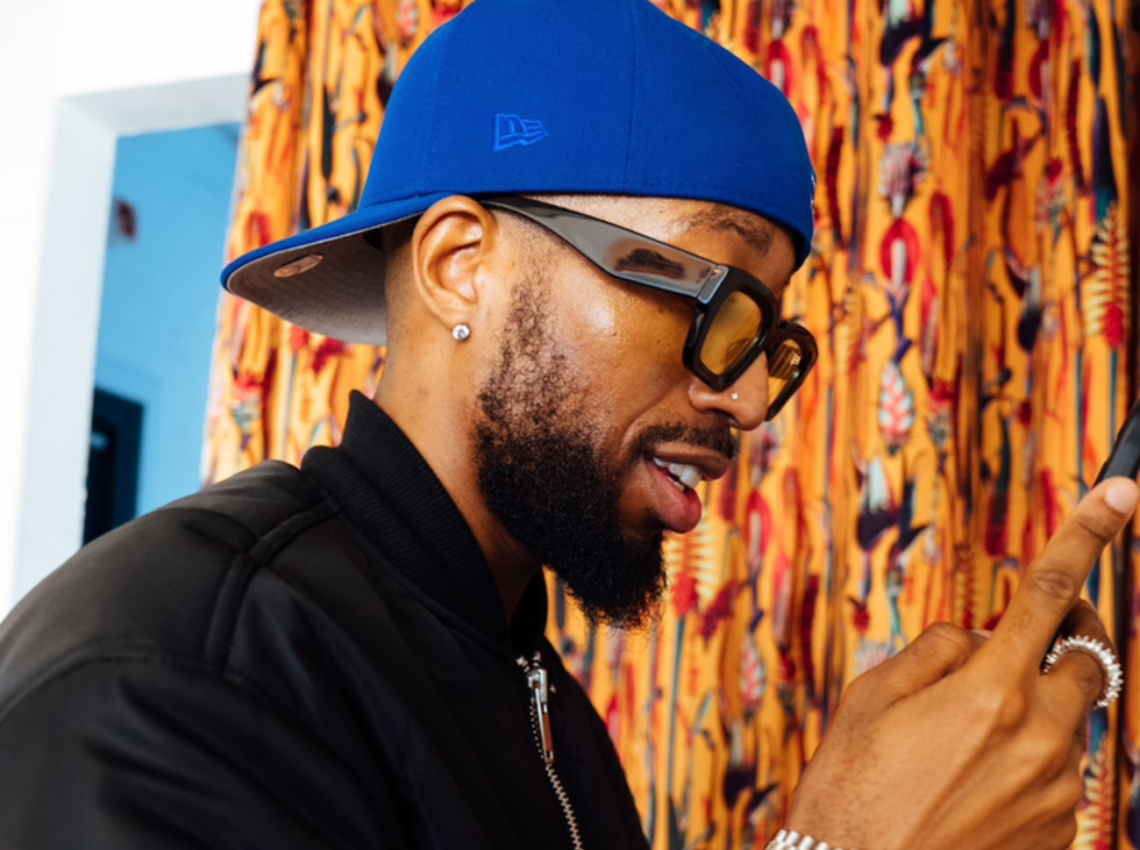Not Every Fashion Brand Can Have a Community, Here’s Why
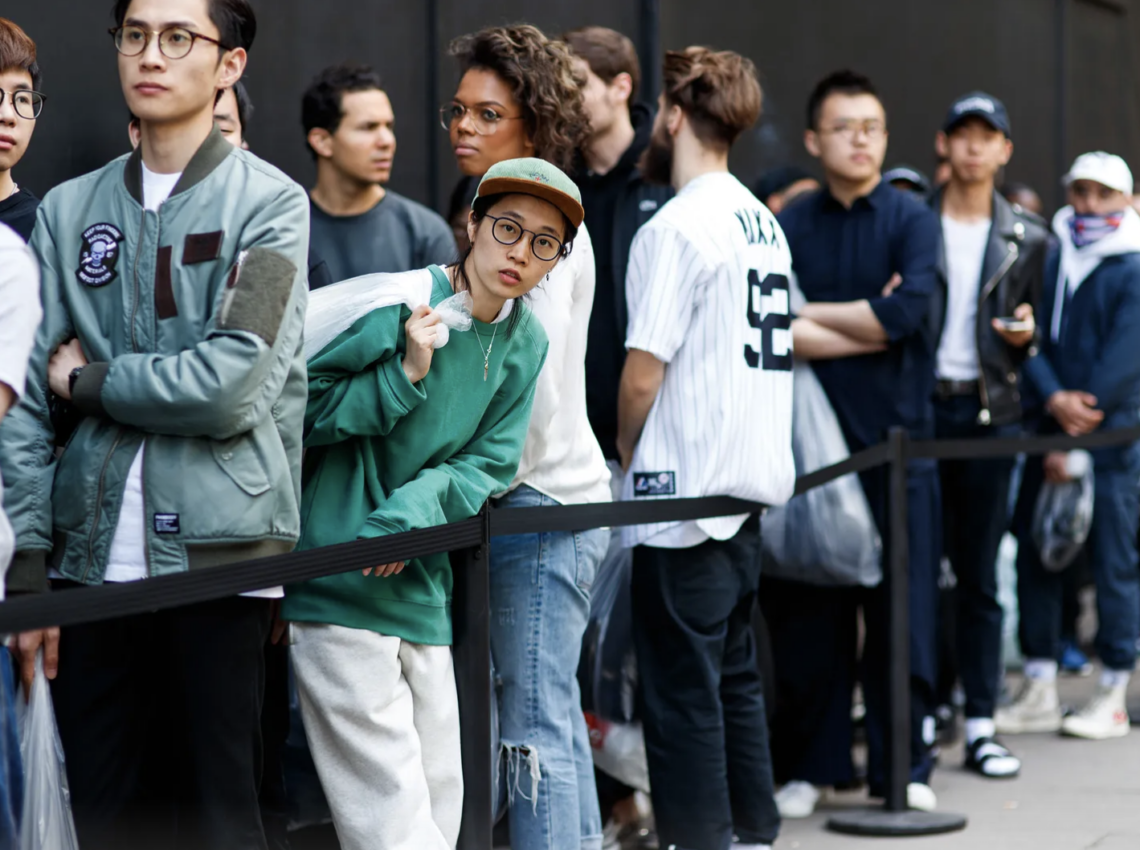
If you’ve heard it once, you’ve heard it every day for the past two years. ‘Community’ is the word naturally driving post-COVID sentiment towards collective engagement, cultural fusions, and the inescapable “We outside” movement of a generation bent on proving they are, indeed, outside. From corporate giants to the intimate corners of our lives, the concept of community has become ubiquitous.
Enter the world of fashion, where a growing number of brands proudly declare their commitment to community building. But is it a genuine alliance centered around a clear directive or a misrepresentation of the label to simply gather their flock? Perhaps, the contemporary fashion realm isn’t fostering communities but, in fact, simply hosting a congregation of patrons.
The democratization of fashion information via social media has birthed a new era—one where fashion enthusiasts are celebrated as unique individuals rather than conforming to collective trends. Style as a part of identity is frequently perceived as crucial, especially for young people. We use it to communicate our ‘sub-cultural capital’, interests, and shifting perceptions of the world.
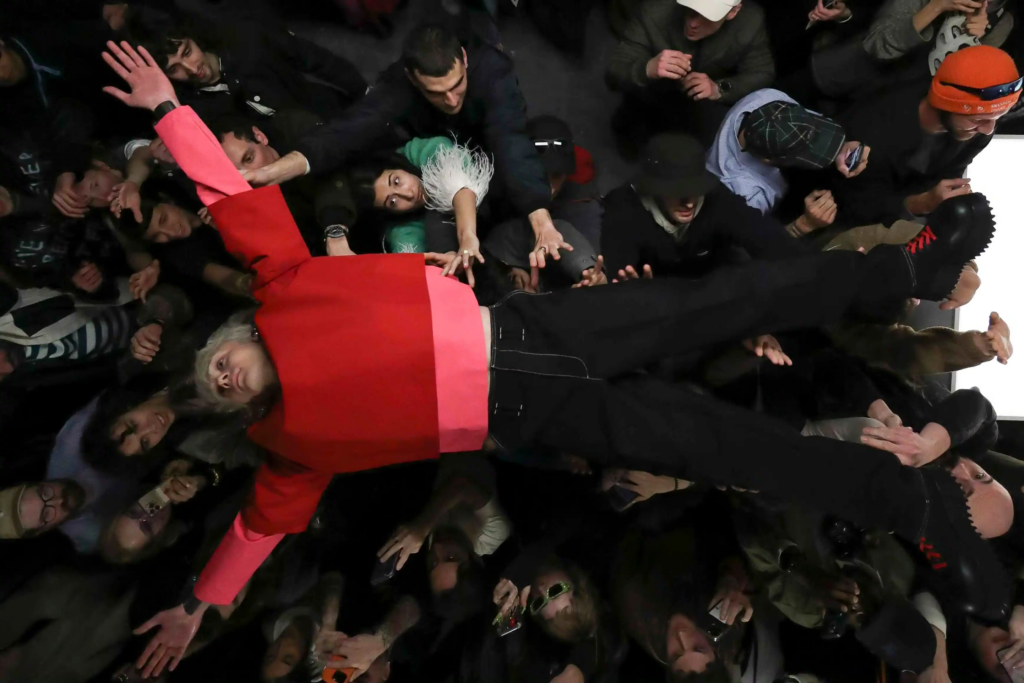
Individualism is the name of the game in fashion both on the creator and consumer side. Brands like Bianca Saunders and Martine Rose, take their founders’ names with pride, as representations of their unique creative vision. At the same time, non-eponymous streetwear brands like Corteiz have a narrative and ethos so linked to their founder they might as well be eponymous. On the consumer side, the growing emphasis on micro-trends mirrors the expanding realm of individualism. Buyers are evolving, experimenting, and blending styles at an accelerated pace to find their own unique fit. An example of this is the rise in ‘core’ culture, where one day someone embodies aesthetics of ‘gorp-core’ and the next they are ‘norm-core’. This evolving narrative serves as a crucial backdrop to our exploration of fashion’s purported communities, as the surge in individualistic engagement with style presupposes a lack of communal conformity.
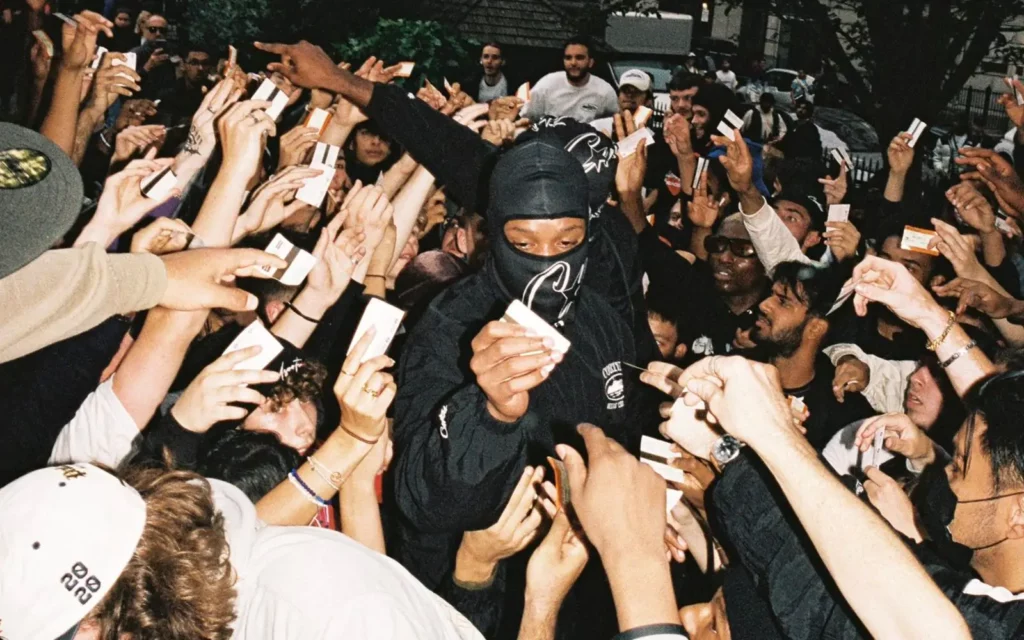
So what even counts as a community? Diving into its etymology reveals different meanings in various cultural sectors. Many however point to a shared belief in interests, attitudes, and responsibilities between a group of people of similar identity. When applied to fashion, the term often falls short. The ‘support system’ of communities we see in other sectors simply doesn’t match up in fashion. In the music industry, for example, collectives are embraced, and there is a lot of mutual support, especially amongst emerging artists. In fashion, on the other hand, the inherent reliance on sales to be considered a viable business creates an individualistic, competitive mindset. This makes fashion brands more inclined to go straight to gathering patrons rather than fostering a shared creative journey with their peers.
Designers, creative directors, and fashion entrepreneurs start brands to see their creative vision become material. Everything from the marketing to the garments is imbued by their perspective, narrative, and values. Consumers are attracted to the potency of a strong narrative, and stay if the aesthetic aligns with their own self-concepts. This is why it’s not difficult to see how we ended up with this catch-all term ‘community’ making its rounds. Marketers wanted a more attractive way of characterising the interaction between a group of people with a single brand identity. After all, community sounds much better than consumer or customer.
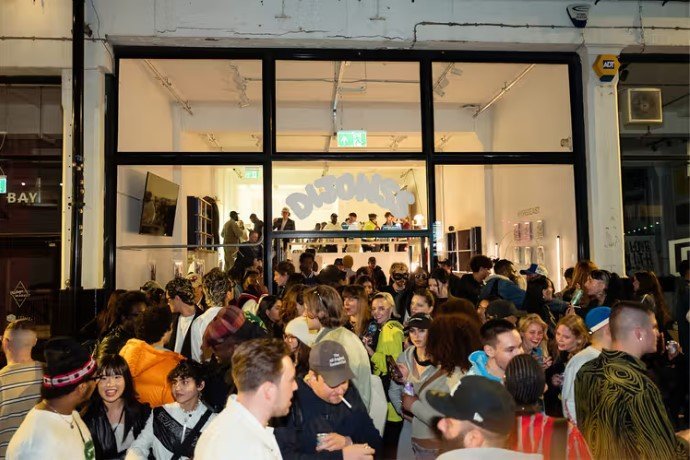
Patronage is now a fitting definition for fashion customers. Brands curate unique pieces that resonate with individual tastes and are rewarded both financially and through public engagement for their efforts. Until there is consistent collaboration between brands or unless consumers share in the active responsibility of the creative endeavors the brand undertakes, there will be no definitive communities in fashion.
In the end, does it really matter if your favorite fashion brand isn’t a community? Embracing the reality that fashion brands are patrons’ realms doesn’t diminish their allure. It’s a nuanced dance where individuality reigns, patrons curate their styles, and brands craft the stage for their unique styles to shine.
So, let’s embrace it—your beloved fashion brand might not be a space for community, but it’s undoubtedly a space where you can enjoy a particular story through its presentation and the products it showcases.
Read more fashion content from GUAP here.




![ZINO VINCI’S ‘FILTHY & DISGUSTING’EP BRINGS YOU TO THE CORE OF THE ARTIST [@ZinoVinci]](https://guap.co/wp-content/uploads/2023/10/Zino-4.jpg)

